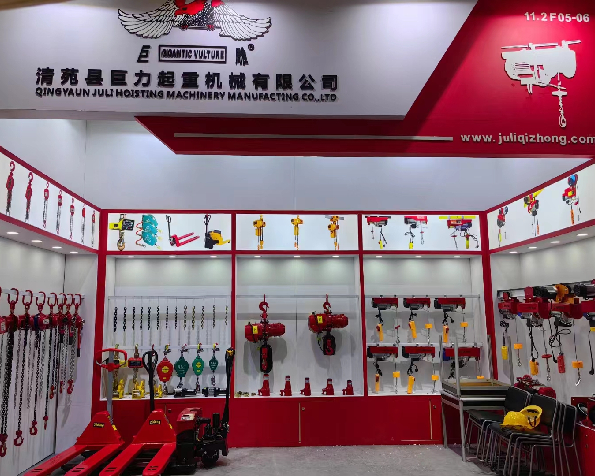


Understanding Chain, Block, and Lever Systems
In today’s modern structures, the principles of physics play an essential role in understanding various mechanical systems. Among these mechanical systems, chain, block, and lever systems are fundamental concepts that serve a wide range of functions in both engineering and day-to-day applications. Whether in construction, manufacturing, or hobbies, grasping the intricacies of chain, block, and lever systems can enhance efficiency and functionality.
Chain Systems
Chains serve as a vital mechanical component in numerous applications, providing a means to transmit mechanical power or lift loads. A chain consists of linked metal or synthetic segments, designed to connect different components or to transfer forces between them. One prevalent use of chains is in bicycles, where they transfer human power from the pedals to the wheels. In construction, chains are pivotal for lifting heavy objects, allowing cranes and hoists to function effectively.
The operation of a chain system relies on its strength and flexibility. Chains must withstand significant tensile forces, especially when lifting heavy loads. The quality of the material used in manufacturing chains is paramount; high-carbon steel or alloy metals are often employed to optimize strength without compromising flexibility. Proper lubrication of chains is also essential to reduce wear and tear, ensuring longevity and effective performance.
Block Systems
Blocks, in the context of mechanical systems, refer to a type of pulley, which is crucial for lifting and moving objects. A block system typically consists of a wheel or wheels that rotate around an axis. A rope or chain loops over the wheel, allowing it to redirect force. Block systems can either be fixed or movable. A fixed block changes the direction of the force applied, while a movable block distributes the load and reduces the amount of force needed to lift an object.
Block systems are particularly beneficial in scenarios where space is limited. By utilizing the mechanical advantage inherent in pulleys, a relatively small input force can lift substantial weights. This efficiency is one reason block systems are widely used in rigging and construction activities.

Lever Systems
Levers are among the simplest yet most effective tools in mechanics. A lever consists of a rigid arm that pivots around a fulcrum, enabling a relatively small input force applied at one end to lift or move a larger load at the other end. The position of the fulcrum in relation to the load and the input force determines the mechanical advantage obtained through the lever.
Levers can be classified into three types first-class, second-class, and third-class levers. In a first-class lever, the fulcrum is located between the input force and the load, as seen in a seesaw. On the other hand, in a second-class lever, the load is positioned between the fulcrum and the input force, exemplified by a wheelbarrow. Third-class levers, where the input force is applied between the fulcrum and the load, are commonly found in tweezers and fishing rods.
Integrating Chain, Block, and Lever Systems
The integration of chain, block, and lever systems is fundamental in creating effective mechanical setups. For instance, a block and tackle system uses multiple pulleys (blocks) and ropes (chains) to enhance lifting capability. When combined with levers, these systems allow for efficient and effective lifting, reducing the physical effort required by the operator.
These systems enable a range of applications from simple tasks like lifting a heavy box to complex operations in industrial environments. Understanding the interplay of chains, blocks, and levers helps engineers and operators design more effective and safer systems.
In conclusion, chain, block, and lever systems are foundational to mechanical engineering and many practical applications. Their efficiency in lifting and moving loads illustrates the practical application of physics principles. Whether one is engaged in a construction project or simply trying to lift a heavy item, a sound understanding of these mechanical systems can provide significant advantages. Embracing these concepts not only enhances productivity but also fosters innovation in various fields.



